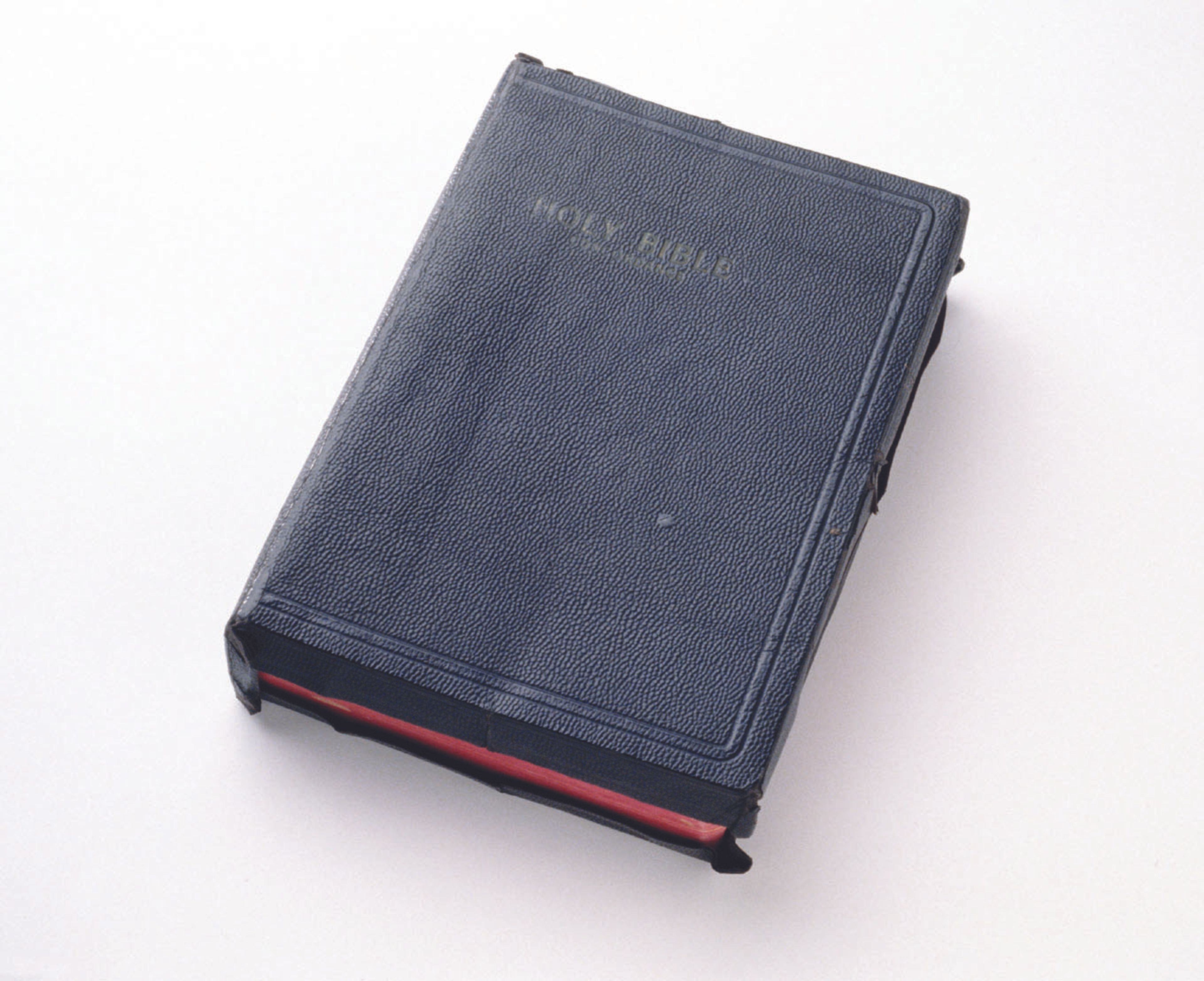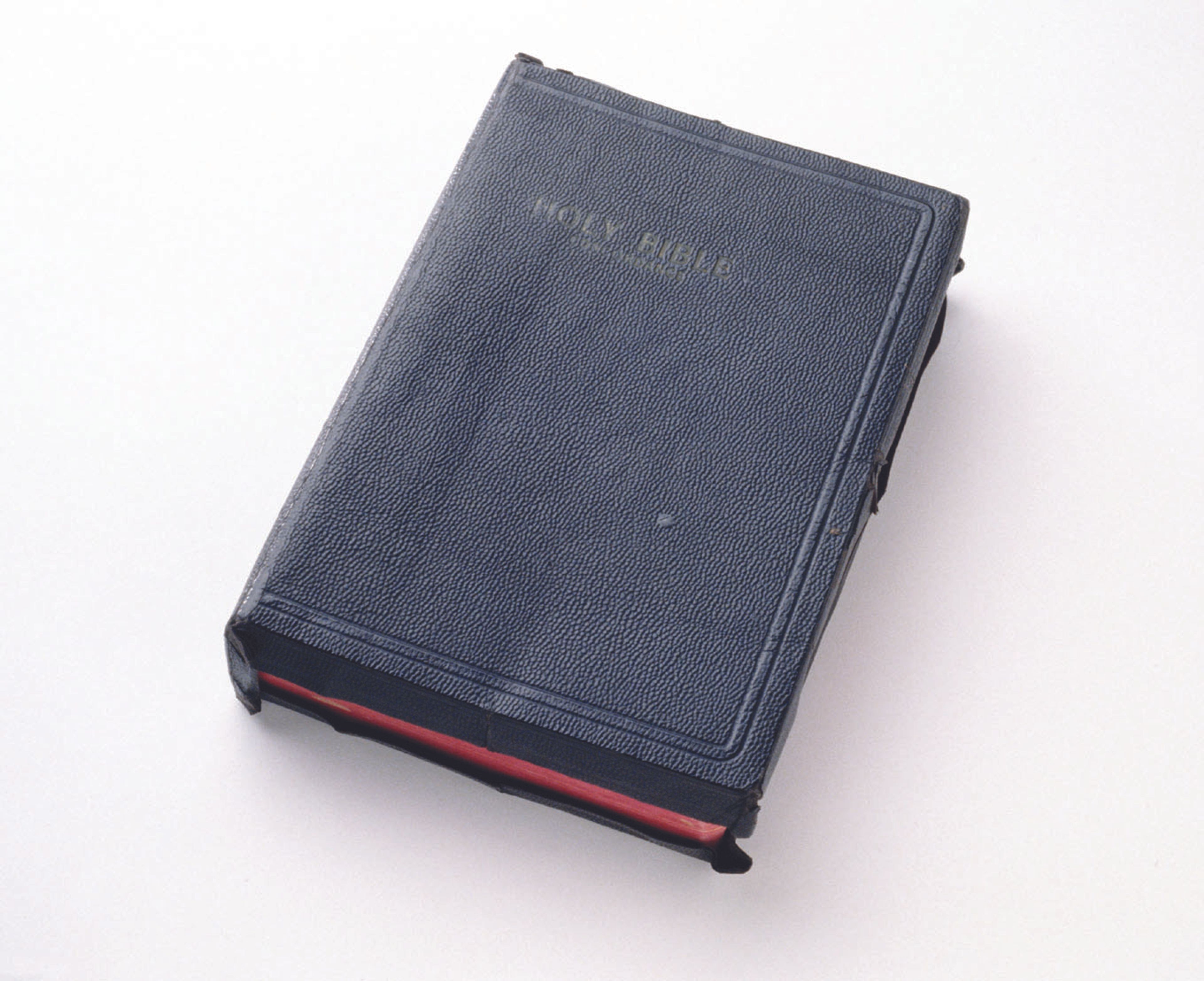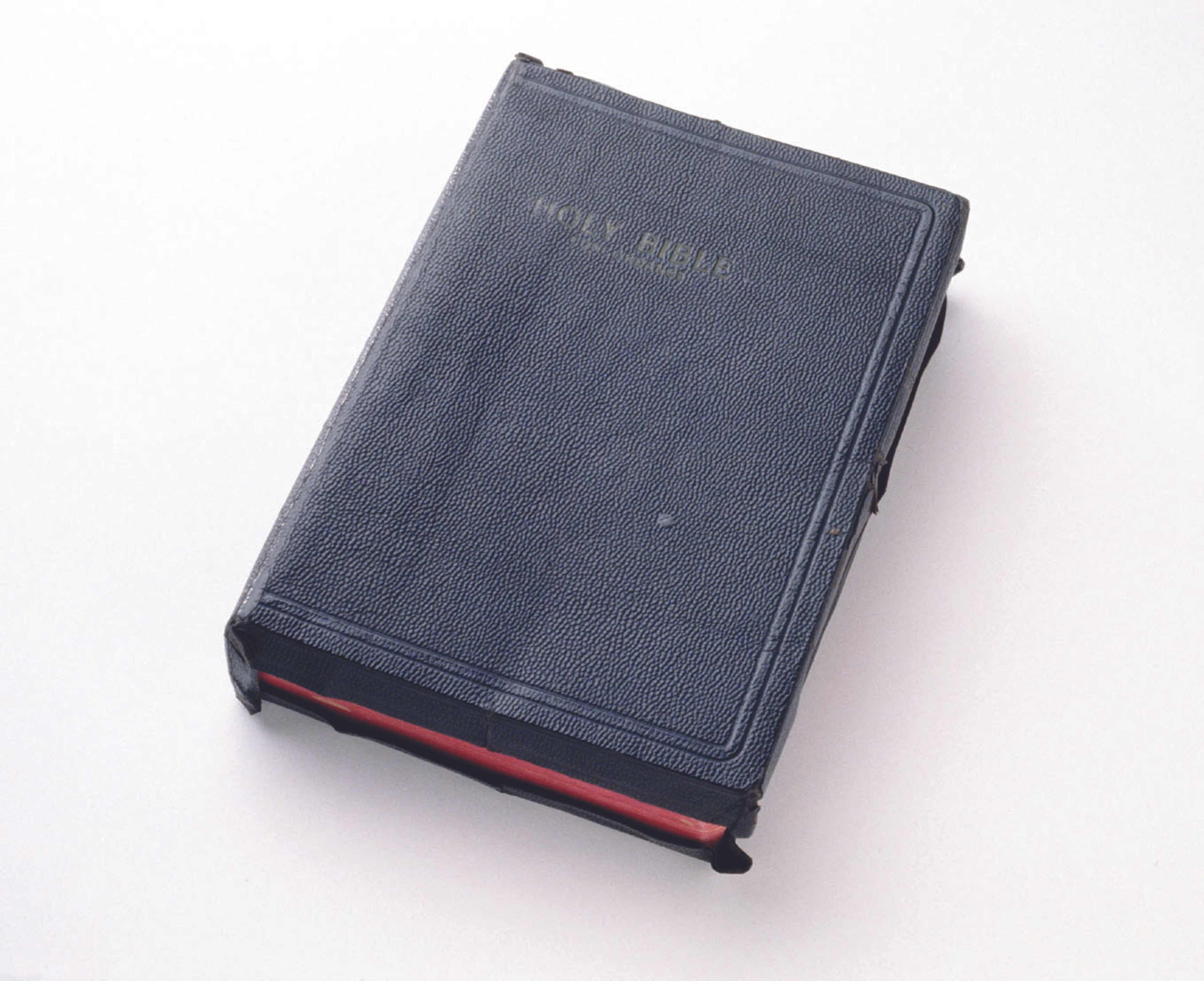One issue that seems unlikely to bob to the surface of the presidential campaign this year is gun control. After the Democrats lost some 20 to 30 congressional seats in 1994 because of their support of the ban on sales of semi-automatic weapons, it's improbable they'll propose similar measures as a follow-up.
But the Democrats by no means have a monopoly on gun control; the "assault guns" ban passed only with the help of the Republicans, and even though politicians may not talk about it, don't think the gun Gestapo that wants to outlaw privately owned firearms entirely is defunct.
Hence, it might be useful for politicians of both parties to think a little about a recently completed study of the effect of "concealed carry" laws on the crime rate. For years, gun controllers have wept that such laws, which permit private citizens to pack pistols in their pockets after passing local safety requirements, would merely spill more blood on streets. The new study shows that the gun controllers, as is not uncommon, don't know what they're talking about.
The study, entitled "Crime, Deterrence, and Right-to-Carry Concealed Handguns," was written by John Lott of the University of Chicago Law School and David B. Mustard of the University of Chicago Economics Department. It's not yet available in print but will be published in January. In the meantime, crawlers of the Web can find it on the web site of the Cato Institute (http://www.cato.org).
The authors compiled crime statistics at the county level in states that had passed "concealed carry" (what the authors call "shall issue") laws and compared them to crime statistics before the laws were passed. This is what they found:
"When state concealed handgun laws went into effect in a county, murders fell by 8.5 percent, and rapes and aggravated assaults fell by 5 and 7 percent. In 1992, there were 18,469 murders; 79,272 rapes; 538,368 robberies; and 861,103 aggravated assaults in counties without 'shall issue' laws. The coefficients imply that if these counties had been subject to state concealed handgun laws, murders in the United States would have declined by 1,570.
"Given the concern that has been raised about increased accidental deaths from concealed weapons, it is interesting to note that the entire number of accidental gun deaths in the United States in 1992 was 1,409. Of this total, 546 accidental deaths were in states with concealed handgun laws and 863 were in those without these laws. The reduction in murders is as much as three times greater than the total number of accidental deaths in concealed handgun states. Thus, if our results are accurate, the net effect of allowing concealed handguns is clearly to save lives.
"Similarly, the results indicate that the number of rapes in states without 'shall issue' laws would have declined by 4,177; aggravated assaults by 60,363; and robberies by 11,898."
Those results alone pretty much blow the gun gestapo's favorite targets out of the water. The right to carry a concealed weapon lowers the violent crime rate, and loss of life due to gun accidents is lower in areas that have such laws than in areas that don't have them.
But the study also contains some other implications. It finds that while violent personal crimes like murder, rape, robbery and aggravated assault declined, property crimes increased -- especially those property crimes in which the criminal was unlikely to come into contact with the victim, like auto theft, burglary and larceny.
"On the other hand," write Professors Lott and Mustard, "property crime rates definitely increased after 'shall issue' laws were implemented. The results are equally dramatic. If states without concealed handgun laws had passed such laws, there would have been 247,165 more property crimes in 1992 (a 2.7 percent increase). Thus, criminals respond substantially to the threat of being shot by instead substituting into less risky crimes."
Criminals, it seems, are perhaps not as dumb as they look. Knowing that their potential victims in areas that have concealed carry laws may wind up blowing them out of their ski masks, they wisely prey on targets that won't shoot back. Even that deflection of criminal efforts into other kinds of crime is worthwhile, however. The study finds that economically, "the estimated annual gain from allowing concealed handguns is at least $6.214 billion."
But Professors Lott and Mustard conclude that it takes more than just concealed weapons to stop criminals. "Higher arrest and conviction rates consistently and dramatically reduce the crime rate," they write. "The results imply that increasing the arrest rate, independent of the probability of eventual conviction, imposes a significant penalty on criminals."
The gun control lobby probably won't learn anything from this study or from anything else, but politicians of both parties who want to control real crime instead of law-abiding gun owners or who would just like to remain in office ought to give it a glance.
Samuel Francis is a nationally syndicated columnist.
Connect with the Southeast Missourian Newsroom:
For corrections to this story or other insights for the editor, click here. To submit a letter to the editor, click here. To learn about the Southeast Missourian’s AI Policy, click here.








